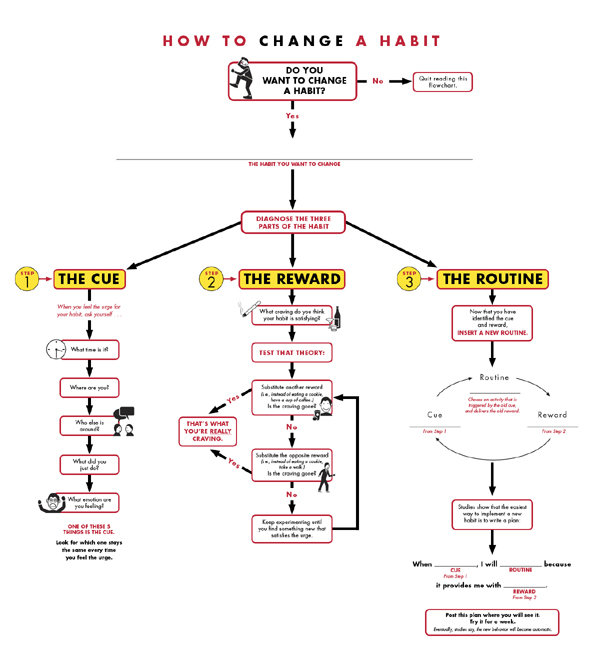Plant-Based Nutrition And 3 Weight Loss Factors That Come Along, Too
PLANT-BASED NUTRITION AND 3 WEIGHT LOSS FACTORS THAT COME ALONG, TOO (ISSUE 59)
By Diane Gold
 There is much evidence that plant-based nutrition helps rid us of a variety of modern-day ailments. However, major “Western” food manufacturers downplay it. After all, what would happen to their food consumption if even 50% of the people who now eat meat/fish/fowl/dairy/eggs changed their ways?. What would manufacturers do if people in the United States stopped eating processed foods?
There is much evidence that plant-based nutrition helps rid us of a variety of modern-day ailments. However, major “Western” food manufacturers downplay it. After all, what would happen to their food consumption if even 50% of the people who now eat meat/fish/fowl/dairy/eggs changed their ways?. What would manufacturers do if people in the United States stopped eating processed foods?
There are 3 factors that can make us healthy and affect our weight loss plan. They are relevant to every kind of food and every type of food plan. They are important.
MUCUS
We might think about mucus as toxins that we release when we are sick. But mucus is a substance produced to protect our membranes and is always present. Its overproduction is our body’s getting clogged from a variety of things: smoke, food, bacteria and dust.
Animal and dairy products are known to form excess mucus in our bodies because of their composition and the way it is absorbed into our body. Part of it, generally, is not useful to the body and turns into substance that turns into mucus.
Vegetables and fruits do not form mucus, except for sulphured fruits and gassed bananas. (Did you know that when bananas are brought to market, they are usually gas-ripened? That means they are picked green and gassed so that, by the time they come to market, they are yellow). This is why so many physicians realize the merits of the plant based diet and weight loss. These foods do not add excess bulk that makes the body work hard to digest it.
Additives, in general, cause excess mucus as a type of inflammation. This includes pesticides, which are prevalent in all fruits and veggies not so listed or home-grown. Although mucus is needed as a normal body secretion, too much mucus is not always visible and is often detected when we are already suffering from its effect.
Mucus forming foods are plaque forming foods. Over-production of plaque in our vessels causes clogging in the lungs and the intestines.
[True story:
One of the MDs in my health care world had a medical problem. What did he do to help himself? He went on a raw vegan diet and got rid of his medical issue.]
ACTION STEP
When choosing a food, think about how it would seem to digest in the body. If it is heavy and thick, chances are it is mucus forming. If it is light and it sways (I was thinking of lettuce in the breeze), it probably provides the roughage that the digestive system needs to smoothly process foods. Consider eating non-mucus forming foods exclusively.
FIBER
Dietary fiber is that indigestible part of plant foods, including whole grains, seeds, nuts, fruits and veggies. So, when eating meat/fish/fowl/dairy/eggs, there is no fiber.
There are 2 main components in fiber: soluble fiber ferments into helpful colon gases. Insoluble fiber keeps our elimination of food waste regular. They both have to do with digestive absorption and gastrointestinal activity.
ACTION STEP
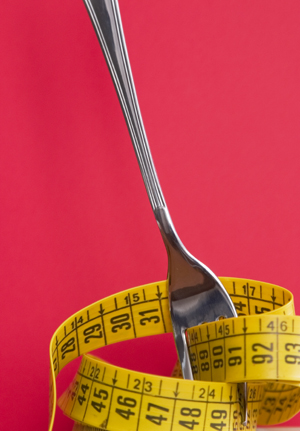
Keeping the body fresh with fiber is usually healthy for most people diets. When we eat non-plant-based foods, we often stop up our plumbing with non-fibrous foods. When we eat plant-based nutrition, our bodies eliminate food easily and frequently. This is partially due to the high fiber content in the food. This helps with weight loss. Consider fiber when choosing food.
ACIDIC AND ALKALINE FOODS
Foods are labeled acid or alkaline for the effect they have on the body after ingestion. That’s why lemons and limes are considered alkaline-forming, since their properties result in the body’s becoming alkaline.
Acid-forming foods are: soda/energy drinks/coffee/alcohol, animal foods, soda, fried foods.
Alkaline foods are veggies, fruits, almonds, seeds, some whole grains and tofu.
Too acidic a body means the body has to work overtime to correct its pH level which should be around 7.5, just like a swimming pool. This means the breathing rate would have to increase to remove carbonic acid which would exhale as CO2; kidneys would have to increase the acid in the urine and minerals would be leached out of the body, using up Calcium, Magnesium, Iodine, Vitamin K and Sodium to balance the pH.
How many times do we hear about Acid Reflux and all the drug products we can take to control it? Increasing the body’s alkalinity intake should be looked at first.
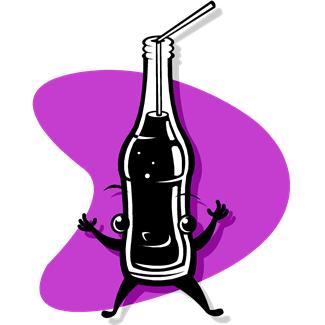 Let’s look at soda, including diet-soda. The highest source of calories of any food in the United States is soda. It is an acid-forming food along with diet soda, which has no calories but is in the same acid category. Both regular and diet soda contain phosphoric acid, all the way over on the acid side of acid-forming foods.
Let’s look at soda, including diet-soda. The highest source of calories of any food in the United States is soda. It is an acid-forming food along with diet soda, which has no calories but is in the same acid category. Both regular and diet soda contain phosphoric acid, all the way over on the acid side of acid-forming foods.
To balance the pH, the body is forced to leach calcium, which hurts bones, but it also leaches iodine which is necessary for proper function of the thyroid gland. When the thyroid gland does not work properly, the body’s metabolism fails and often slows down. When the metabolism is slow, the body can be sluggish, leading to weight gain from lack of movement. This is the main reason that soda, even diet soda with its “0 calories,” causes weight gain.
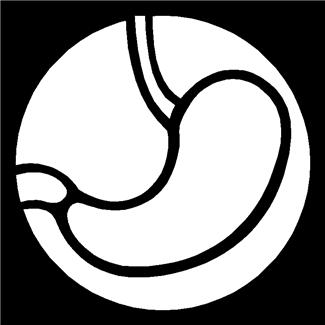 Did you know that saliva is alkaline and that if you chew more, you enable the digestive process? Many monks profess that we chew our food 50 times before swallowing. This will predigest the food and liquify it. It will provide a time for us to appreciate the food without rushing. Now, I know it will certainly combine well with alkaline saliva for body health.
Did you know that saliva is alkaline and that if you chew more, you enable the digestive process? Many monks profess that we chew our food 50 times before swallowing. This will predigest the food and liquify it. It will provide a time for us to appreciate the food without rushing. Now, I know it will certainly combine well with alkaline saliva for body health.
Acidosis
When the body is too acidic and cannot correct itself by leaching minerals, urine acid, it produces fat as a buffer for the acid. This fat can deposit itself in many places to protect the body for the effects of its acidity. This can make the weight increase.
ACTION STEP
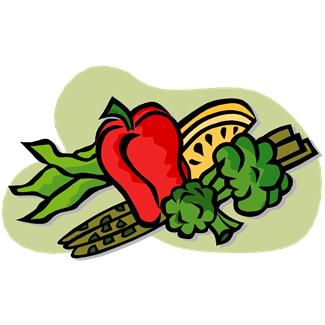 Feel good, feel balanced. Consider eating plant-based nutrition for a proper pH level. Keep the body in the best position for losing weight, and learn which foods are alkaline and eat them.
Feel good, feel balanced. Consider eating plant-based nutrition for a proper pH level. Keep the body in the best position for losing weight, and learn which foods are alkaline and eat them.
CONCLUSION
The very nature of plant-based nutrition gives the natural weight loss property to these foods themselves. They are physically lighter. They have a high content of water which makes them easier to digest. This, in turn requires less stomach acid to break them down for absorption into the intestines and they provide bioflavonoids, of which there are over 800, for medicinal uses.
There is also the ethical factor. This means that, by eating a plant-based diet, we can feel more responsible for caring for the lives of animals. This has to feel good, on behalf of these animals, even for a short while.
The more we study, the more data we compile. We will do more reporting on this topic since it seems to be the more healthy way to eat, to save manufacturing resources as well as the temples which are our bodies and minds.
FEEDBACK
Please leave a comment and LIKE.
DIANE GOLD, AUTHOR
Diane Gold, Founder of Warriors of Weight, Moms For Healthy Daughters, is a mentor in tai chi, kung fu and meditation, a music, fitness and stress expert and a dedicated mom.
She believes in the benefits of plant-based nutrition. She says,
“The body always feels better after eating greens, juicing veggies, ingesting plants. When I finish drinking fresh wheatgrass juice, I feel as strong as a truck. That must mean something biologically about the power of plants in the human body.
“There are 2 other important factors that go along with my relationship with plants. 1 is a personal philosophy to limit the amount of animal lives I use for my benefit. The other is that the processing of animals for food costs a great deal more than using non-processed (preferably non-pesticide sprayed) fruits and vegetables. So, the choice for plant-based nutrition helps the planet, the animals and the human body.”

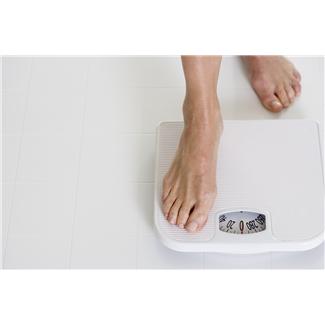 The weight loss goal is huge because it relates to almost every aspect of our everyday lives. Often times, we have to change many behaviors of our eating process in order to change 1: the way we move, the way we rest and the restaurant or food preparation routines we have grown to love.
The weight loss goal is huge because it relates to almost every aspect of our everyday lives. Often times, we have to change many behaviors of our eating process in order to change 1: the way we move, the way we rest and the restaurant or food preparation routines we have grown to love. I know it always takes me a few minutes to process the possibility of change, a few minutes to get used to the idea and another several minutes to accept the change. This usually takes a good 30 minutes. It’s very comforting to watch myself through this process. I usually laugh at myself during it, as I am so predictable to myself. Luckily for me, because of my mother’s bright attitude and the practicality for which my martial arts work has prepared me, I always, and I mean always, end up looking for the good in the crossroads.
I know it always takes me a few minutes to process the possibility of change, a few minutes to get used to the idea and another several minutes to accept the change. This usually takes a good 30 minutes. It’s very comforting to watch myself through this process. I usually laugh at myself during it, as I am so predictable to myself. Luckily for me, because of my mother’s bright attitude and the practicality for which my martial arts work has prepared me, I always, and I mean always, end up looking for the good in the crossroads.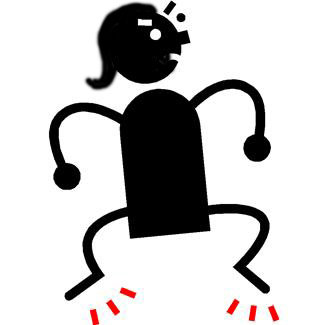 1) We can rebel and stomp our feet at our new situation. If we turn music on and stomp to it, we can turn our reaction into a totally therapeutic action. Verbalizing to the music helps us to accept the change, too, as is done in improv or rap.
1) We can rebel and stomp our feet at our new situation. If we turn music on and stomp to it, we can turn our reaction into a totally therapeutic action. Verbalizing to the music helps us to accept the change, too, as is done in improv or rap.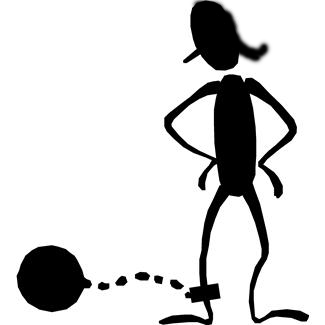
 3) We can remain calm, ask for help if we need it and look at the pros of our new situation. Of course, it’s always good to be balanced and positive. Not always easy and not always sensible. It always pays to stay aware and focused.
3) We can remain calm, ask for help if we need it and look at the pros of our new situation. Of course, it’s always good to be balanced and positive. Not always easy and not always sensible. It always pays to stay aware and focused. Pick 1)(a) or 1)(b) to start.
Pick 1)(a) or 1)(b) to start. Life is full of crossroads. They always show up, in our personal lives and in our lives as global citizens. Every time we make a life decision, we are at a crossroads. Every time we vote, we are at a crossroads. We can look at our choices as necessary steps leading us forward. We can also savor the opportunities they bring and use the pro and con method to ensure that we come to the most efficient understanding of our crossroads as they arrive.
Life is full of crossroads. They always show up, in our personal lives and in our lives as global citizens. Every time we make a life decision, we are at a crossroads. Every time we vote, we are at a crossroads. We can look at our choices as necessary steps leading us forward. We can also savor the opportunities they bring and use the pro and con method to ensure that we come to the most efficient understanding of our crossroads as they arrive. Appetite is a tricky thing. It depends upon the interplay of hormones, insulin, activity, fatigue and our personal control.
Appetite is a tricky thing. It depends upon the interplay of hormones, insulin, activity, fatigue and our personal control. I’ve seen people working on behalf of others where their work has taken away the urge to overeat, the urge to smoke, the urge to drug (although there are physical side effects when we change some habits). Saving Others And Our Planet is phenomenal.
I’ve seen people working on behalf of others where their work has taken away the urge to overeat, the urge to smoke, the urge to drug (although there are physical side effects when we change some habits). Saving Others And Our Planet is phenomenal. Before we look at the ways to get involved, let’s look at the 3 things that change us and, ultimately, change our relationship with our appetite.
Before we look at the ways to get involved, let’s look at the 3 things that change us and, ultimately, change our relationship with our appetite. The secret is that our self-esteem increases as we feel all the fullness and the good feeling from reduced appetite. We are happy to make more of an effort to succeed at our food plan when we look better in our eyes, we feel better from eating less because of the spiritual/emotional fullness and the metabolic boost and we actually are better because of the healthier way we have been living.
The secret is that our self-esteem increases as we feel all the fullness and the good feeling from reduced appetite. We are happy to make more of an effort to succeed at our food plan when we look better in our eyes, we feel better from eating less because of the spiritual/emotional fullness and the metabolic boost and we actually are better because of the healthier way we have been living. We can donate $10 to a charity by mobile phone should we use a major carrier. I learned today that we can even pick a specific micro-loan project and donate once.
We can donate $10 to a charity by mobile phone should we use a major carrier. I learned today that we can even pick a specific micro-loan project and donate once. Donating money is fantastic. It allows us to become bigger than ourselves. The fact that we are doing it regularly connects us to the cause itself.
Donating money is fantastic. It allows us to become bigger than ourselves. The fact that we are doing it regularly connects us to the cause itself.

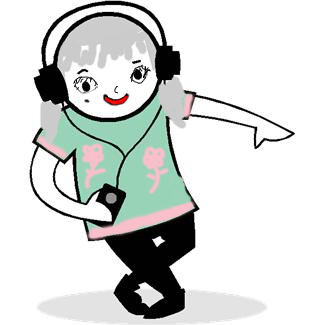
 I remember lunch time when I was in 5th and 6th grades in New York. We had a record player outside in the school yard. Every day, I would bring my 45 RPM records to class so that we could dance. True, there were so many people singing rhythm and blues and rock and roll, so it was much easier to keep track of the latest and greatest records, as opposed to present day when there are hundreds of new artists coming out every minute because of the ease of technology. It’s great to have such technological access!
I remember lunch time when I was in 5th and 6th grades in New York. We had a record player outside in the school yard. Every day, I would bring my 45 RPM records to class so that we could dance. True, there were so many people singing rhythm and blues and rock and roll, so it was much easier to keep track of the latest and greatest records, as opposed to present day when there are hundreds of new artists coming out every minute because of the ease of technology. It’s great to have such technological access!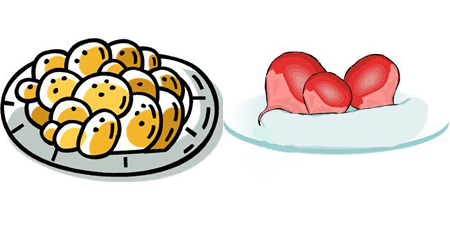 Using previous research, Mark created two groups of undergrad students from Case Western. After skipping a meal, they were asked to sit down. 2 bowls were placed in front of each participant: one with cookies, one with radishes. Students were each given an assignment: to eat only 1 particular food.
Using previous research, Mark created two groups of undergrad students from Case Western. After skipping a meal, they were asked to sit down. 2 bowls were placed in front of each participant: one with cookies, one with radishes. Students were each given an assignment: to eat only 1 particular food.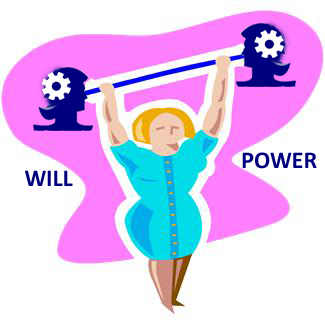 “Will power isn’t just a skill. It’s a muscle, like the muscles in your arms or legs, and it gets tired as it works harder, so there’s less power left over for other things.”
“Will power isn’t just a skill. It’s a muscle, like the muscles in your arms or legs, and it gets tired as it works harder, so there’s less power left over for other things.”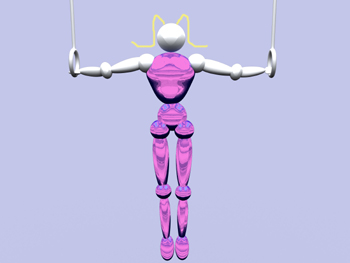 Whether we are as disciplined as my loveable, meticulous
Whether we are as disciplined as my loveable, meticulous  accountant, Charlie, or are as free as the spirit of the Flower Child Generation, we always come across choices that involve our ability to manipulate our decision making process. I use the word “manipulate” because, often, we have to mold our decisions through debating what we want the outcome to be.
accountant, Charlie, or are as free as the spirit of the Flower Child Generation, we always come across choices that involve our ability to manipulate our decision making process. I use the word “manipulate” because, often, we have to mold our decisions through debating what we want the outcome to be. For most of us, we begin to learn what will power is when our parents say no to our demands, and we have to slowly temper ourselves or stop crying from frustration or, in some cases, learn to tow the line to avoid physical punishment from our parents. Those parents who use a lot of corporal action on their young usually have issues with will power themselves.
For most of us, we begin to learn what will power is when our parents say no to our demands, and we have to slowly temper ourselves or stop crying from frustration or, in some cases, learn to tow the line to avoid physical punishment from our parents. Those parents who use a lot of corporal action on their young usually have issues with will power themselves.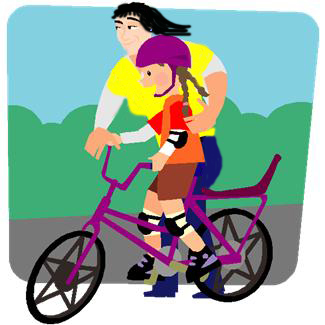 If we have family support, this process may or may not be easier. Yes, we will learn to ride our bike with less frustration, but we may use less will because we have more nurturing and soothing from family. Everyone is different, so we never know which combination of factors areis going to produce what reactions in us. We are all complex.
If we have family support, this process may or may not be easier. Yes, we will learn to ride our bike with less frustration, but we may use less will because we have more nurturing and soothing from family. Everyone is different, so we never know which combination of factors areis going to produce what reactions in us. We are all complex.
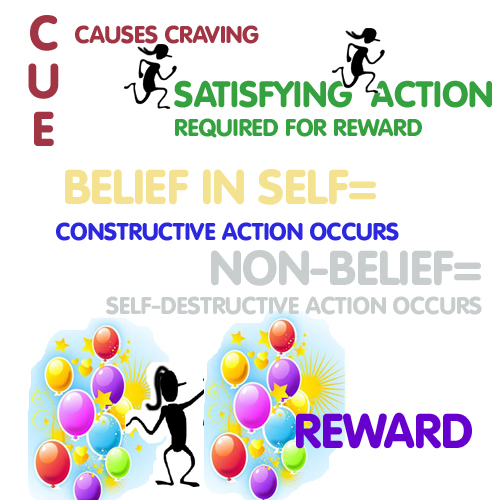
 There are so many cues that result in habitual action. Anything can set off someone who gambles to excess to create gambling by saying,
There are so many cues that result in habitual action. Anything can set off someone who gambles to excess to create gambling by saying, ACTION STEP
ACTION STEP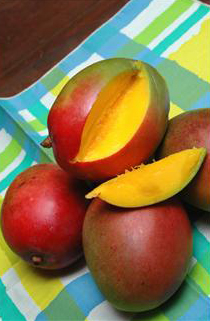 After getting poison ivy many times in New York, I thought I was free of it when I moved to Florida. Ha! Little did I know that the precious mango tree that hung over the fence was loaded with the very same toxin. Cashew and pistachio, too, but I haven’t come into contact with those.
After getting poison ivy many times in New York, I thought I was free of it when I moved to Florida. Ha! Little did I know that the precious mango tree that hung over the fence was loaded with the very same toxin. Cashew and pistachio, too, but I haven’t come into contact with those. For years, I have been covering the dermatitis rash with bandages. This was for 2 reasons: 1) to keep the rash from spreading when the blisters broke and 2) to keep me from scratching it.
For years, I have been covering the dermatitis rash with bandages. This was for 2 reasons: 1) to keep the rash from spreading when the blisters broke and 2) to keep me from scratching it. The belief part of the equation comes from inside. We need to believe in ourselves to get the job done because we must be strong enough to remember our self-examination. Statistics say this is done in a group, even if it is a group of 2.
The belief part of the equation comes from inside. We need to believe in ourselves to get the job done because we must be strong enough to remember our self-examination. Statistics say this is done in a group, even if it is a group of 2. ACTION STEP
ACTION STEP Since I am about to speak on animal experiments, let me say that I applaud any research that does not involve the use of animals (gorillas already have rights) , that any animal should have the right to live a leisurely life in a posh facility as a reward if s/he has donated her time to human science;
Since I am about to speak on animal experiments, let me say that I applaud any research that does not involve the use of animals (gorillas already have rights) , that any animal should have the right to live a leisurely life in a posh facility as a reward if s/he has donated her time to human science;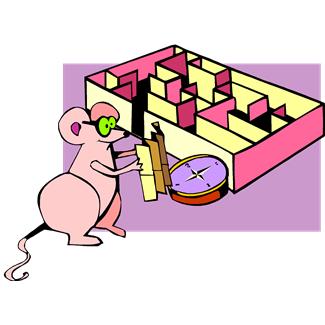 In Charles Duhigg’s book, cited above, he talks about experiments done by the National Institute on Alcohol Abuse and Alcoholism, where they studied habits using mice. They gave the mice a cue – which is the first of the three-part make-up of a habit – and, thus, created a habit. When the mice had learned to successfully respond to the cue, in this case, pull a lever, they were rewarded with food. This went on until it was quite routine for the cue, the action (the second part in the habit cycle) and the reward (the 3rd piece of the cycle).
In Charles Duhigg’s book, cited above, he talks about experiments done by the National Institute on Alcohol Abuse and Alcoholism, where they studied habits using mice. They gave the mice a cue – which is the first of the three-part make-up of a habit – and, thus, created a habit. When the mice had learned to successfully respond to the cue, in this case, pull a lever, they were rewarded with food. This went on until it was quite routine for the cue, the action (the second part in the habit cycle) and the reward (the 3rd piece of the cycle). For this action, he would get a reward of juice. After repeating this cycle – cue, acquired action (Duhigg calls this “routine”), reward – touching the lever to get his reward became an ingrained habit.
For this action, he would get a reward of juice. After repeating this cycle – cue, acquired action (Duhigg calls this “routine”), reward – touching the lever to get his reward became an ingrained habit.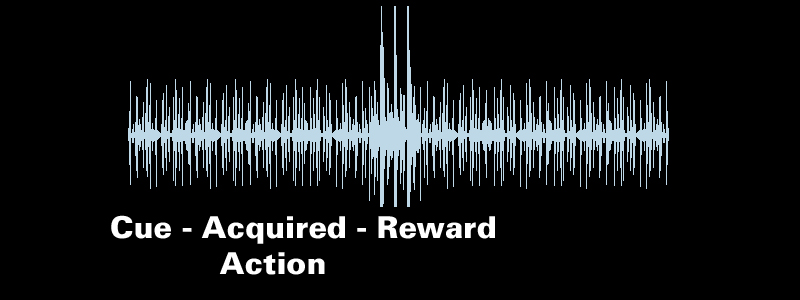 Schultz had had an electrode placed in Julio’s brain to read his neurological activity. It showed that Julio would get excited or happy when he got his reward. More activity at reward time in this simulation.
Schultz had had an electrode placed in Julio’s brain to read his neurological activity. It showed that Julio would get excited or happy when he got his reward. More activity at reward time in this simulation.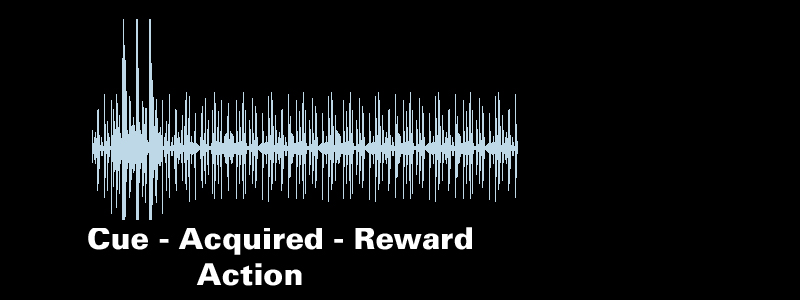 As Julio’s habit became stronger, from more time doing the same behavior, his neurological activity changed. The spike in activity came from anticipating his reward. So the cue became the trigger. The excitement that used to come from the reward was now coming when he saw the cue (in this case, it was visual). Ah, primates! How alike we all are.
As Julio’s habit became stronger, from more time doing the same behavior, his neurological activity changed. The spike in activity came from anticipating his reward. So the cue became the trigger. The excitement that used to come from the reward was now coming when he saw the cue (in this case, it was visual). Ah, primates! How alike we all are.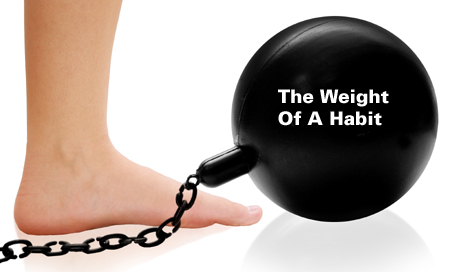 Let’s talk about Julio, the macaque, again. He had a strong habit. When the professor took away his reward or reduced the sugar content in his juice, he would become angry or depressed. He was hard to distract even when he was given the opportunity to go out of the experiment area and socialize with others because he was busy having an urge for what had been taken away. He continued to stay near his computer monitor which had given him the visual cue, continued to press the lever that had previously given him his reward, craving his reward.
Let’s talk about Julio, the macaque, again. He had a strong habit. When the professor took away his reward or reduced the sugar content in his juice, he would become angry or depressed. He was hard to distract even when he was given the opportunity to go out of the experiment area and socialize with others because he was busy having an urge for what had been taken away. He continued to stay near his computer monitor which had given him the visual cue, continued to press the lever that had previously given him his reward, craving his reward. We have to keep in mind that when we do something over and over, our synaptic pathways get worn in a certain way to crave and satisfy, which is why we always have a tendency to that particular habit. That’s why we have to form “parallel patterns” (in the words of Julia Layton, contributing writer at How Stuff Works) so that we become satisfied, replacing the old with the new behavior, eventually.
We have to keep in mind that when we do something over and over, our synaptic pathways get worn in a certain way to crave and satisfy, which is why we always have a tendency to that particular habit. That’s why we have to form “parallel patterns” (in the words of Julia Layton, contributing writer at How Stuff Works) so that we become satisfied, replacing the old with the new behavior, eventually.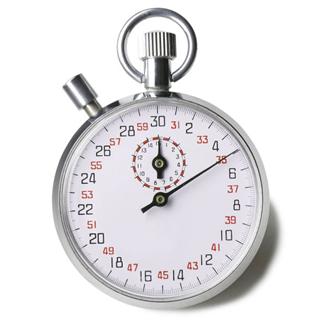 The trick is to do the new behavior within 30 seconds of getting the urge so that it doesn’t build up in the mind. Not allowing time to lapse will help us not to get sucked into the behavior we want to dump. That’s the key.
The trick is to do the new behavior within 30 seconds of getting the urge so that it doesn’t build up in the mind. Not allowing time to lapse will help us not to get sucked into the behavior we want to dump. That’s the key.